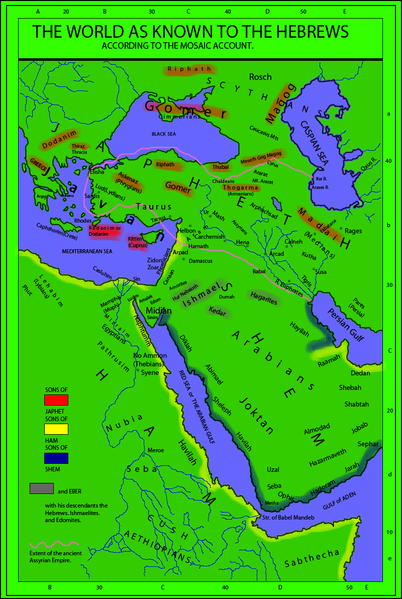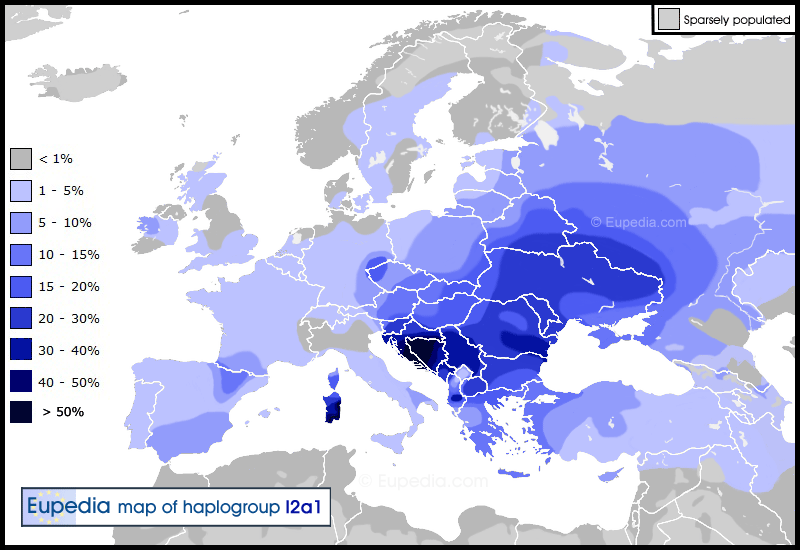Yorkie
Regular Member
- Messages
- 264
- Reaction score
- 2
- Points
- 0
- Ethnic group
- English with some recent Norwegian and more distant Huguenot, and dashes from the 'Celtic Fringe'.
Interesting. Swedes mostly went East with Danes (who went East and West) where Varangians (and Rus by the Finns) was used to describe them. But I would not doubt that some individuals or small groups went West with Danes or Norwegians. Their language and culture would have made such contacts easy I would think.
There are just so many Swedish matches for my Grandfather's I1 and others like it that I am forced to the conclusion that Swedes played a bigger part in the Viking raids than is usually acknowledged. I don't know enough about archaeology, distinctly Swedish jewellry etc to say more, but I seem to recall that the earlier Anglo Saxon burial discovered at Sutton Hoo in Suffolk had some links to Sweden too. Logically, looking at a map of Scandinavia, Sweden is only 'next door' to Norway and Denmark after all. I really do think it has been overlooked as a source of genetic input to the British gene-pool. The influence might be relatively small, but I bet it is there.





